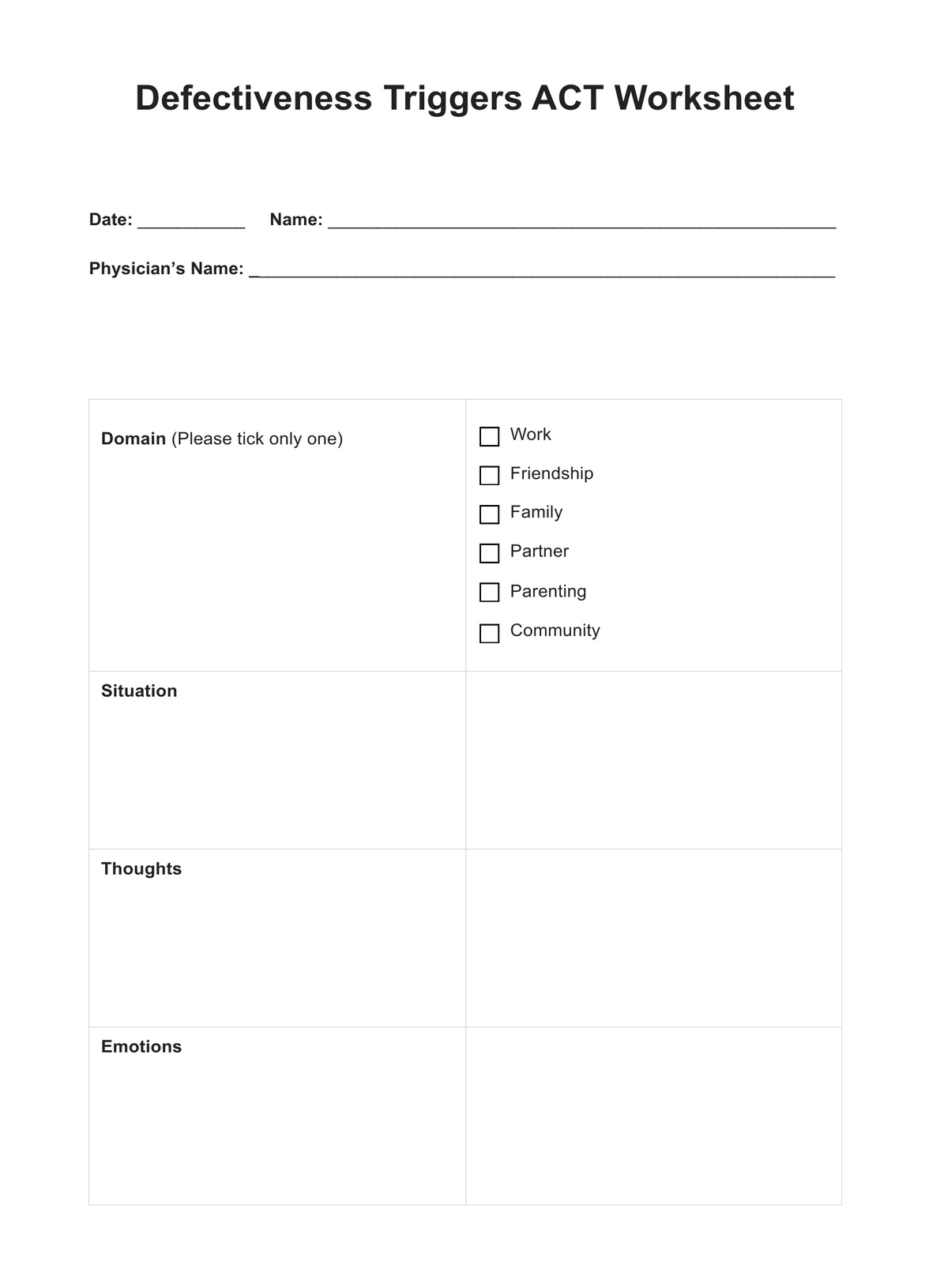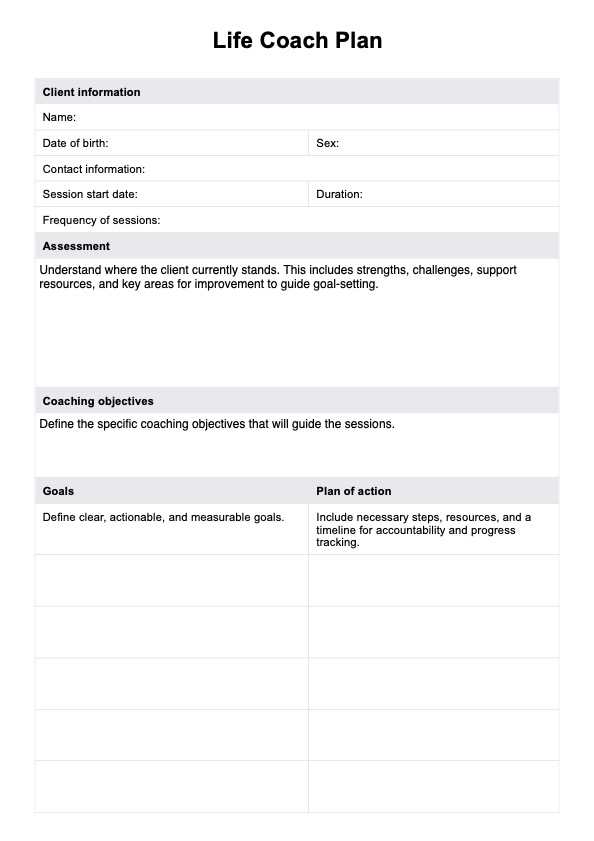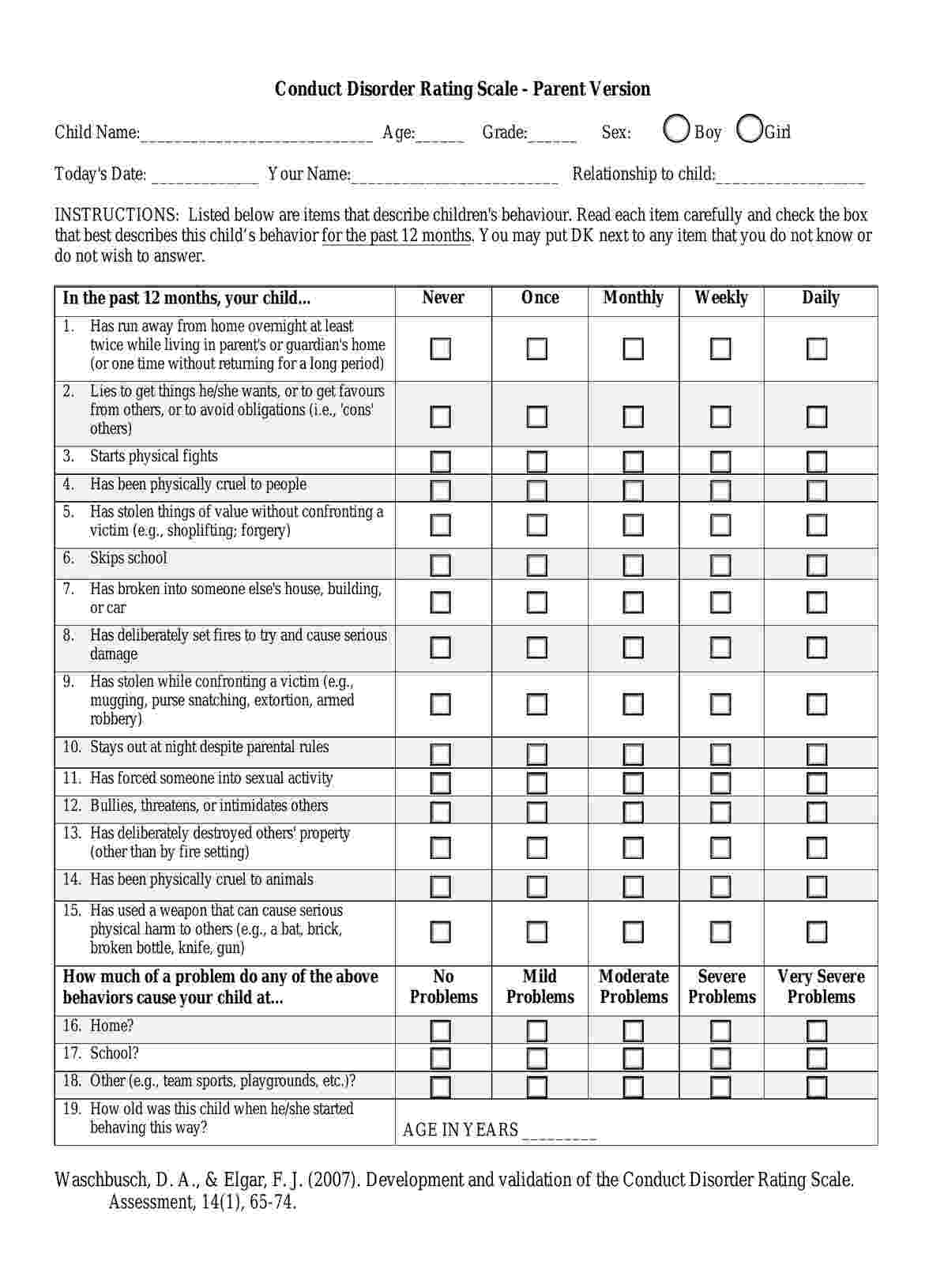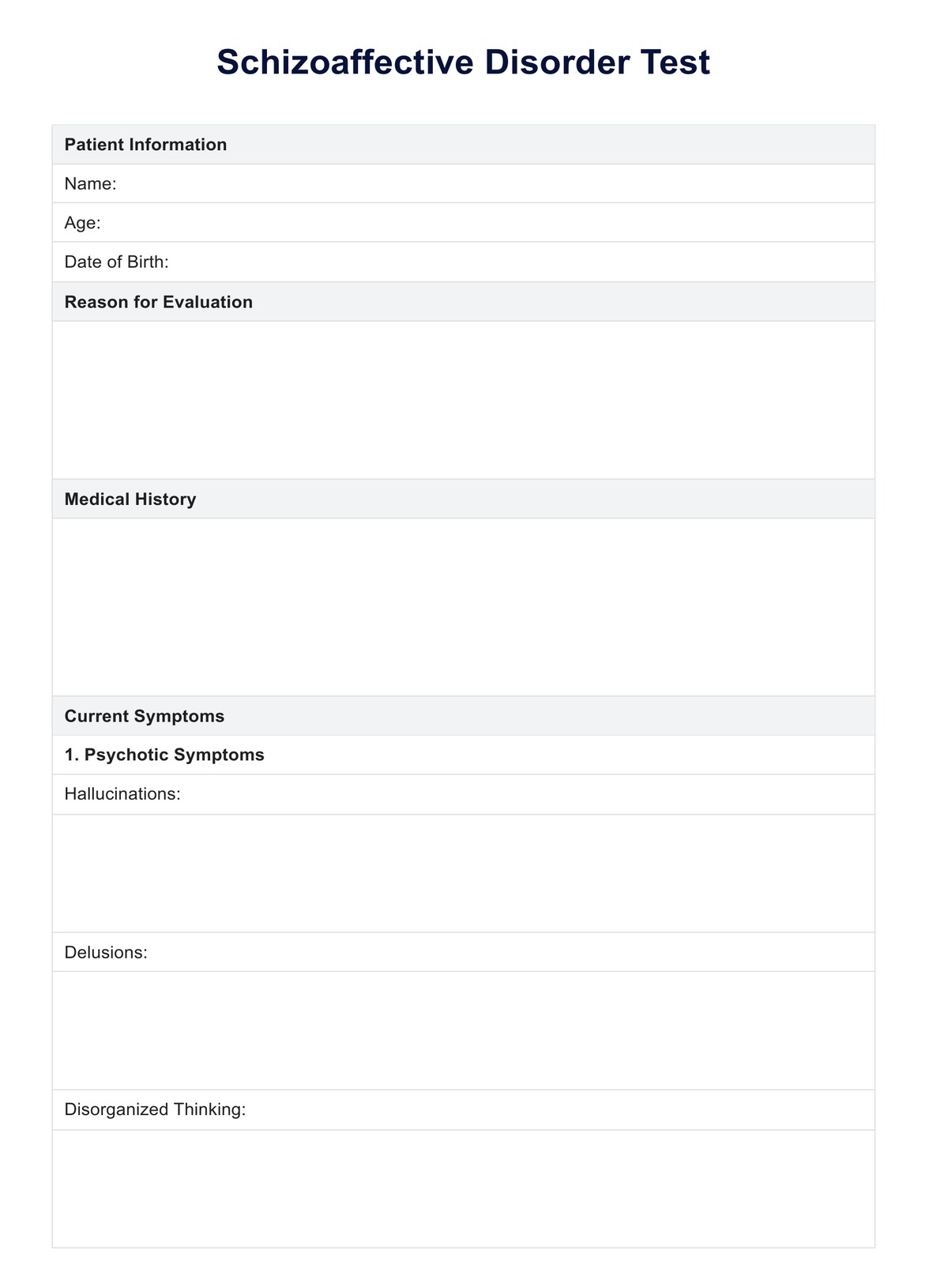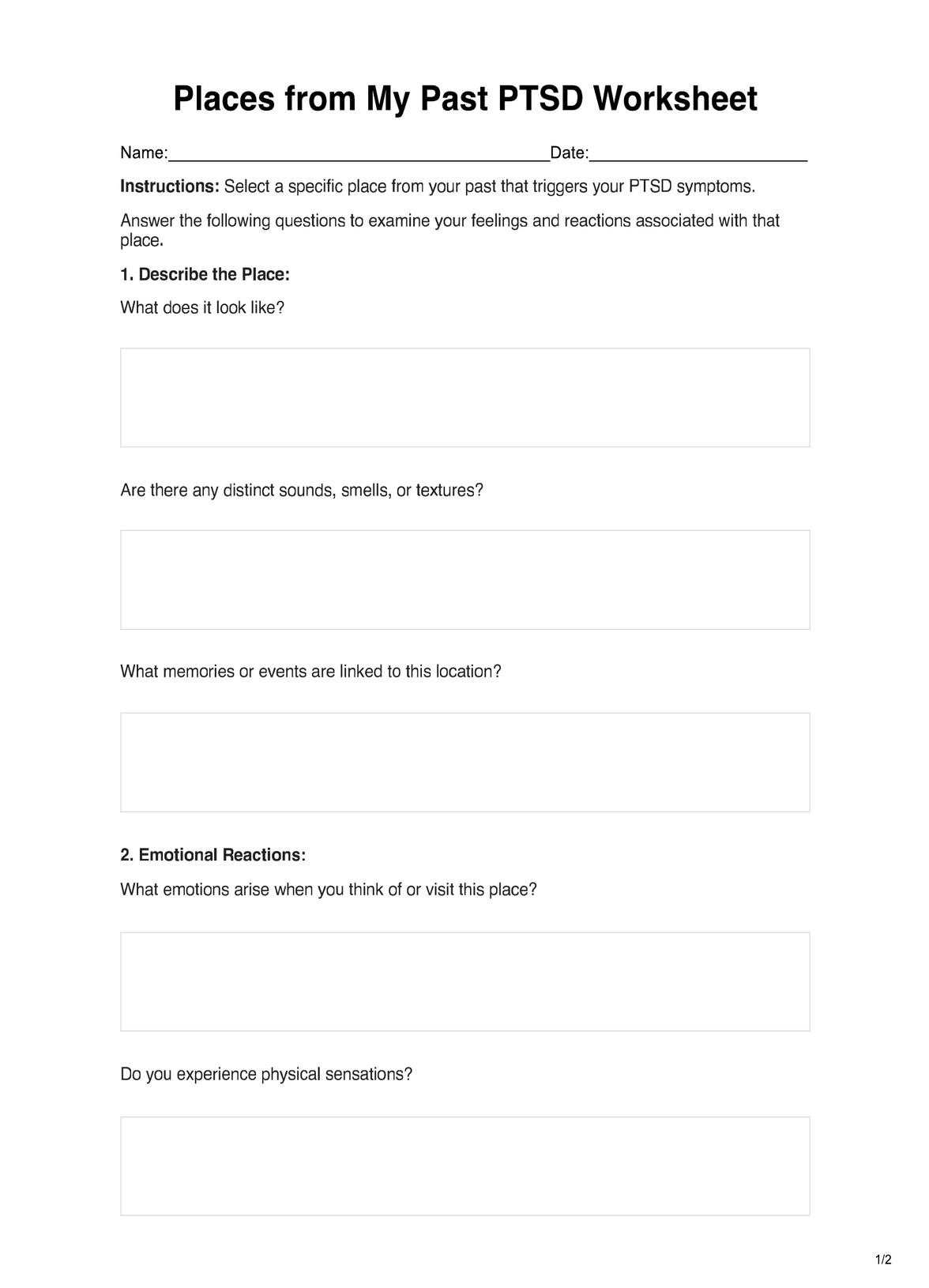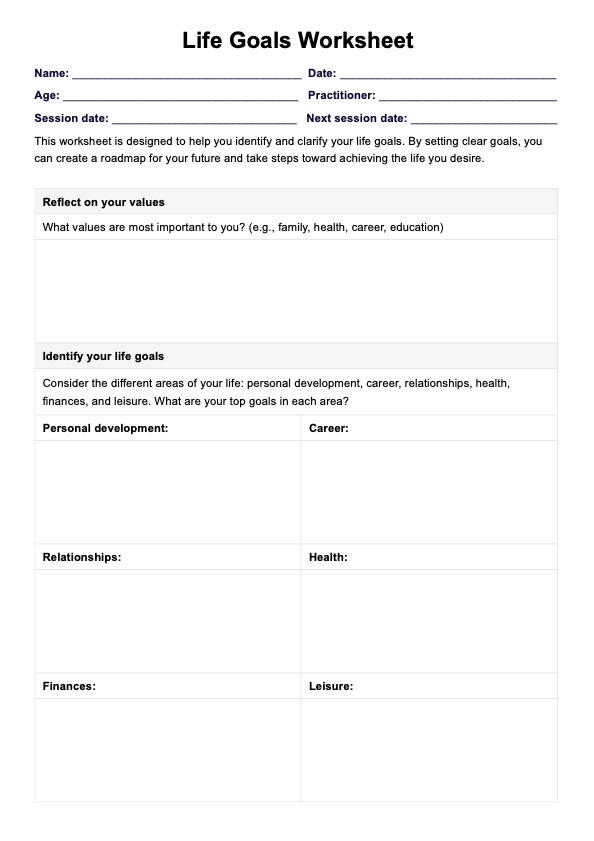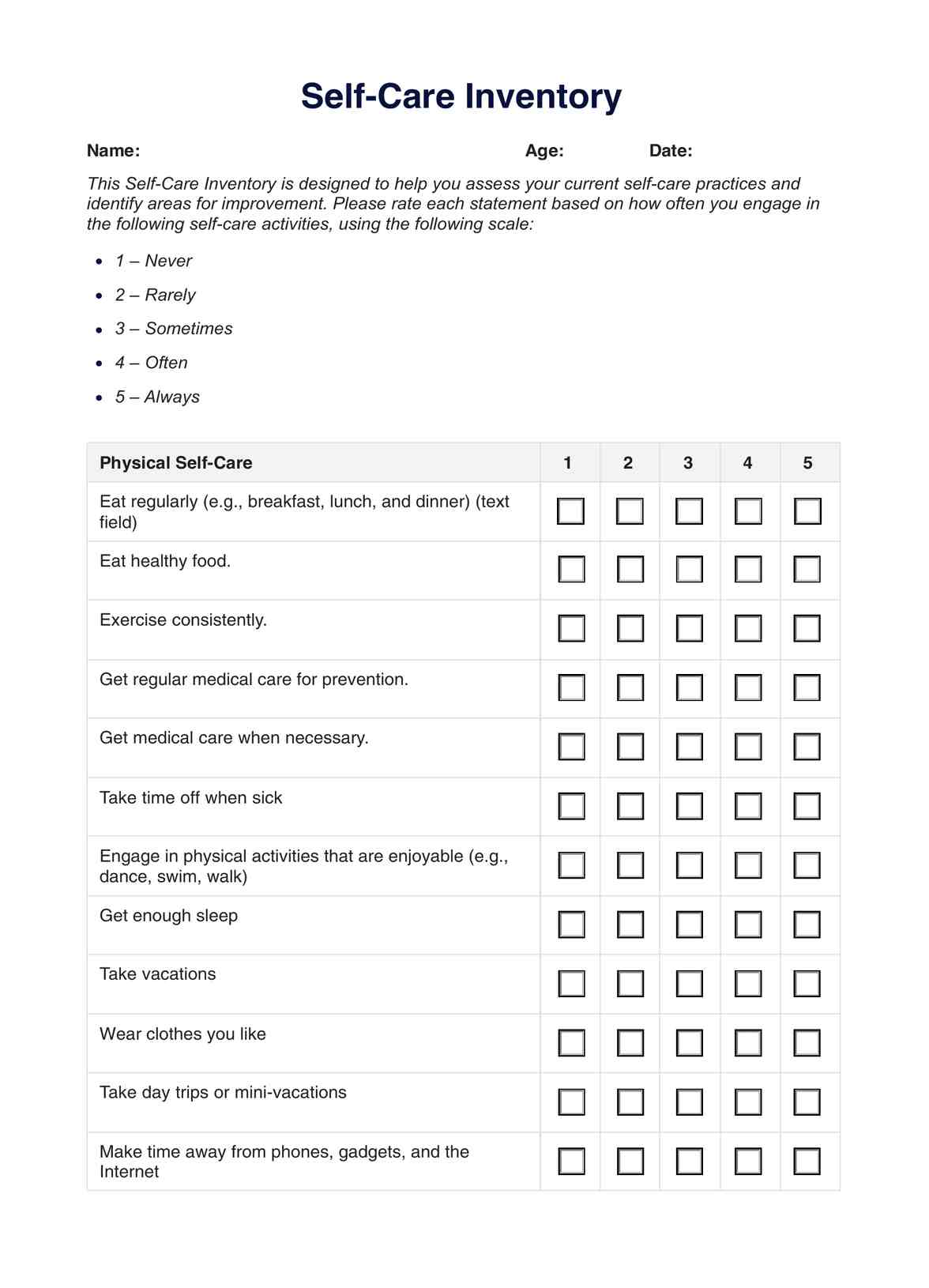Stages of Grief Chart
Use the Stages of Grief Chart when educating students or patients about the stages of grief that people go through when they experience loss. Explore the stages of grief, and work towards better understanding you or someone else's journey.


What are the stages of grief?
The concept of the five stages of grief, developed by renowned psychiatrist Elisabeth Kübler-Ross, provides a framework for understanding the emotional journey individuals typically experience when facing loss. Whether it's the passing of a loved one, the end of a relationship, or the loss of a job, these stages offer insight into the range of emotions one may encounter. The different stages are the following:
Denial
This is the most common starting stage that people go through whenever they experience grief. During this stage, a grieving person will struggle with the fact that they have experienced a loss and will not accept it. They will be in shock and disbelief, and they will feel numb after a while and even become disoriented. Those who are in denial do not yet want to accept living in a new reality where they have to accept that a loss has occurred and move on without it.
Anger
Once the shock is over and the numbness dissipates, sometimes, people start to feel angry. They may become frustrated and start expressing anger and resentment as a means of coping, whether they do it positively or negatively. During this stage, the person will direct their anger at themselves, perhaps others, a higher being, the world, healthcare professionals, etc., as a way to cope with the pain of loss and for having feelings like being powerless to do anything against it.
Bargaining
This is more common when people have to deal with the fact that a loved one is about to die or if something unfavorable is about to happen. They try to find ways to stall the inevitable and may start to ask or beg for another chance, try to find another solution, ask a higher power for help, etc. It's a way for people to keep hope alive in themselves, even for naught.
Depression
This is when it finally comes crashing down on the person that the loss has occurred or it is inevitable, and there's nothing they can do about it. The grieving person will begin withdrawing, and they will feel sadness well up, emptiness, devastation, loss of interest in doing many things, loss of sleep, and despair.
Acceptance
This is the final stage of grief. Once a person reaches this stage, they have finally come to terms with the loss. During this stage, someone who lost a loved one will let go while cherishing the love and memories they have for the person. They will now adjust to and adapt to a new reality without them, most likely developing coping skills along the way.
It is important to note that these stages can change often, and may not occur linearly. The five stages may not happen in order, and that is completely normal.
Common symptoms of grief
Grief can look different in everyone. However, there are some common symptoms that most people experience at some point in their journey.
- Crying often
- Anxiety
- Fatigue
- Trouble sleeping
- Trouble eating
- Questioning your beliefs and life
- Isolation
- Attachment to others
- Stress
- Aches and pains
- Guilt
- Frustration
- Worry
Treatment for grief
Grief is a natural process that cannot be cured - but the pain certainly can be alleviated through effective treatment. Antidepressants and medication (including sleep aid) may be a solid option, as well as grief support groups. Individual counseling and therapy are also commonly used and are clinically proven to help individuals ease the pain and make the grief process more manageable. In some cases, prolonged grief can cause major depressive disorder (MDD), and so in these instances, it is key to reach out to a mental health professional or practitioner for diagnosis and appropriate treatment.
Stages of Grief Chart Template
Stages of Grief Chart Example
What will you see in a Stages of Grief Chart?
The stages of grief are neither a set structure nor strict. Not everyone can easily develop skills, and while most people will likely go through the stages of grief in the order set above, that doesn't mean they apply to everyone. Some might only go through three or four, and some might go through all five but not in the same order. Always remember that grief is a personal experience, and each person will have different coping methods. Some might be able to reach the acceptance stage in a matter of days, while others might take several months or years.
Now, let's talk about the Stages of Grief Chart. For each part shown in the wave, there is a small list of emotions or tendencies that a person has. For example, the denial part of the wave has the following under it: avoidance, confusion, shock, feeling numb, and fear. Anger has frustration, rage, irritability, and anxiety.
When is it best to use the Strage of Grief Chart?
The Stages of Grief Chart can be utilized at two optimal times. If you're an educator working as a psychiatrist or psychologist, the first page of our Stages of Grief Chart template serves as an excellent handout or presentation slide to teach aspiring professionals about grief and how to assist patients in navigating it.
For psychologists, psychiatrists, counselors, or therapists specializing in grief therapy/counseling, the Stages of Grief Chart becomes relevant once the core of your program begins. After establishing a safe and non-judgmental environment, you can explain the five stages of grief using the chart. When patients are assessed where they currently stand, the objective becomes to guide them toward acceptance. The subsequent journey involves collaborative efforts to help them process their grief in a healthy manner, ultimately leading to a renewed appreciation for life and the future.
The second page of the chart allows clients to log their experiences if they desire. While not obligatory, it allows them to document their journey through each stage of grief. This record can serve as a valuable resource for reflection on their time with you and their overall experience with grief. We have more resources through our platform if you want more worksheets for your therapy.
What are the benefits of the Stages of Grief Chart?
Utilizing worksheets can prove invaluable to foster a deeper connection with patients and reinforce the concepts taught in therapy. Here are the benefits of this chart
It is a useful educational tool.
The Stages of Grief Chart serves as an educational tool primarily for healthcare professionals such as psychologists and psychiatrists who also work as educators. It can be incorporated into textbooks, distributed as handouts to students, or utilized as part of PowerPoint presentations during lectures.
It can be used to track where patients are currently at.
By discussing the chart with a patient, the professional and the patient can identify the patient's current position in their grief journey. Understanding this position enables them to explore and establish meaningful goals to reach the stage of acceptance and move forward from their loss. However, it is crucial to avoid rushing the patient through this process. Instead, it is about providing them with perspective and a foundation to build upon.
Our Stages of Grief Chart can double as a worksheet.
Our Stages of Grief Chart template offers an opportunity for patients to engage with an optional second page, allowing them to express their thoughts on each stage. The act of writing can be cathartic and potentially expedite their progress through the stages. While no guarantees can be made, this approach holds promise in facilitating their healing journey.
Commonly asked questions
Psychologists, psychiatrists, therapists, counselors, students. Anyone, really.
It is based on Kübler-Ross' framework for grief.
This is subjective, meaning the most difficult stage of grief can differ from person to person.
Grief can last anywhere from a couple days, to a few weeks, to many years. This is different for everyone, and it is important to recognize that grief is a personal journey.


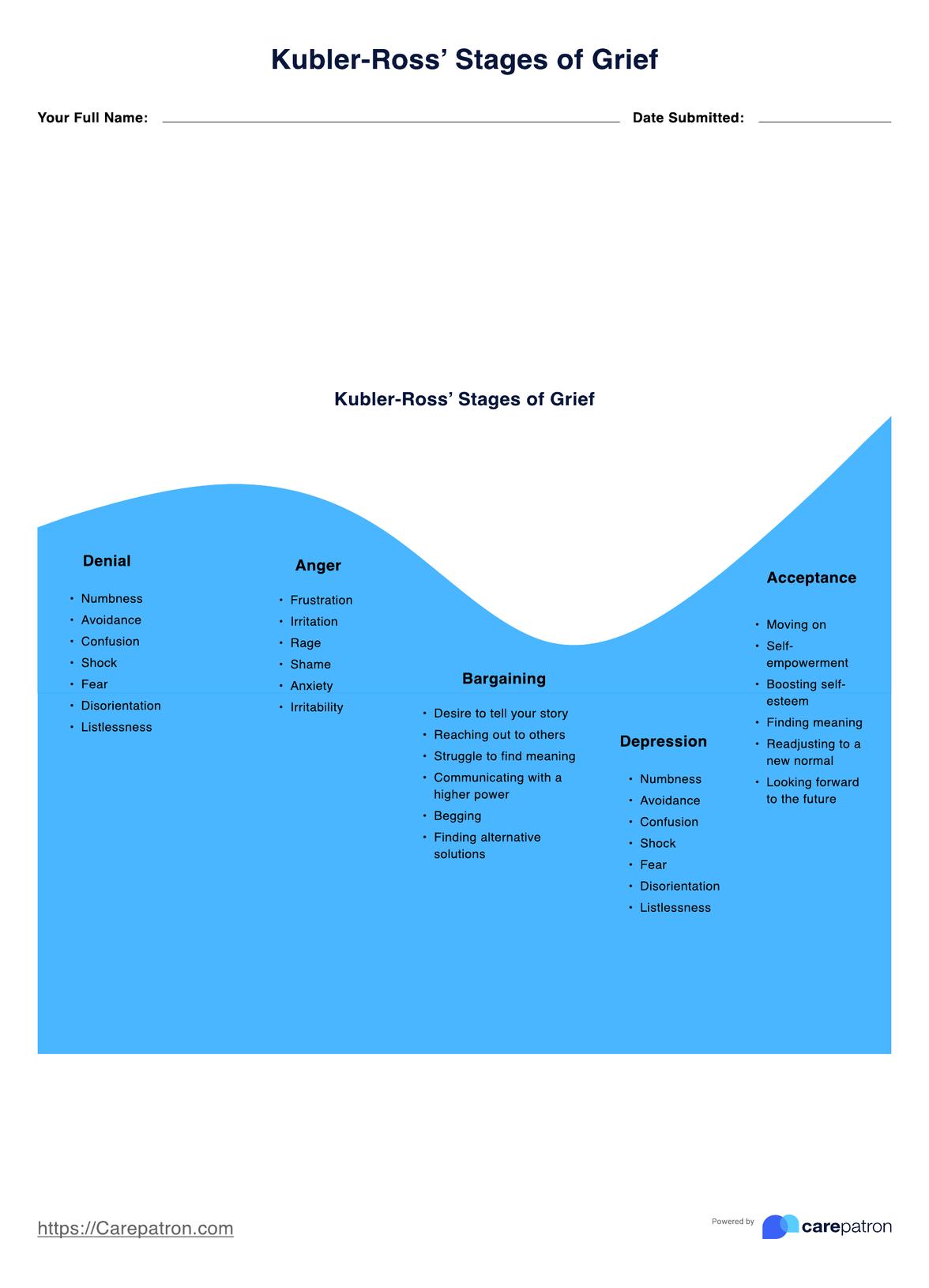
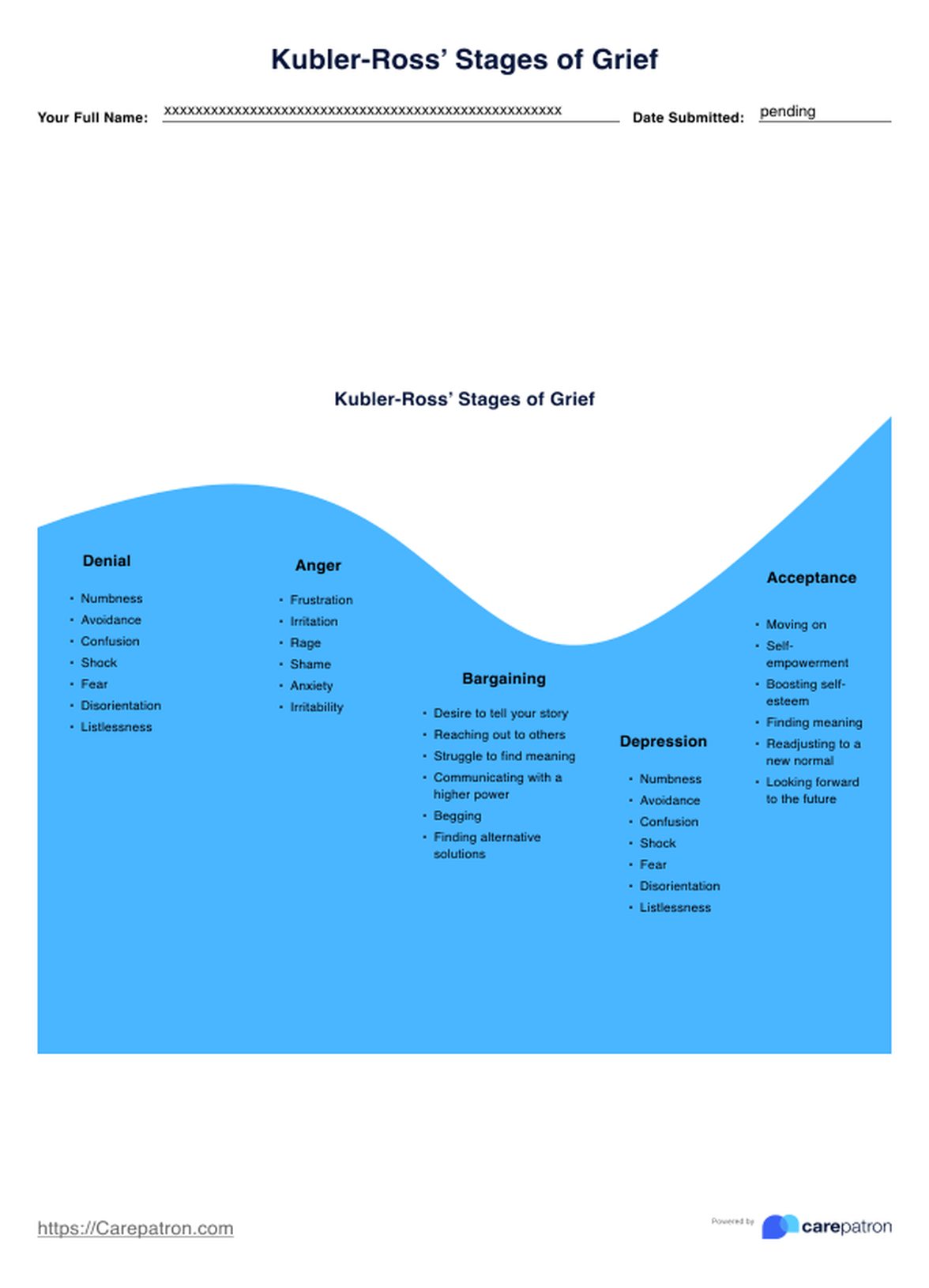

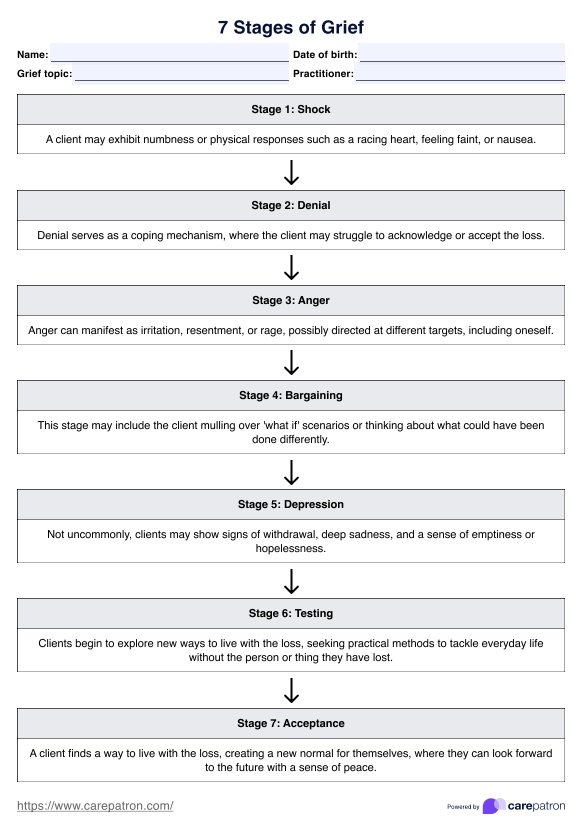














-template.jpg)





















































































